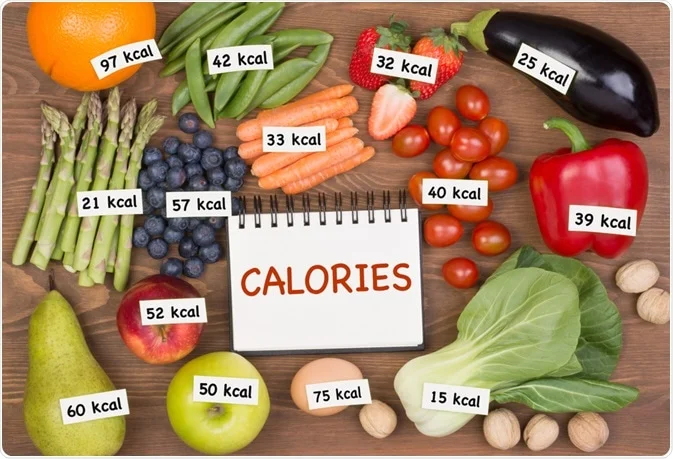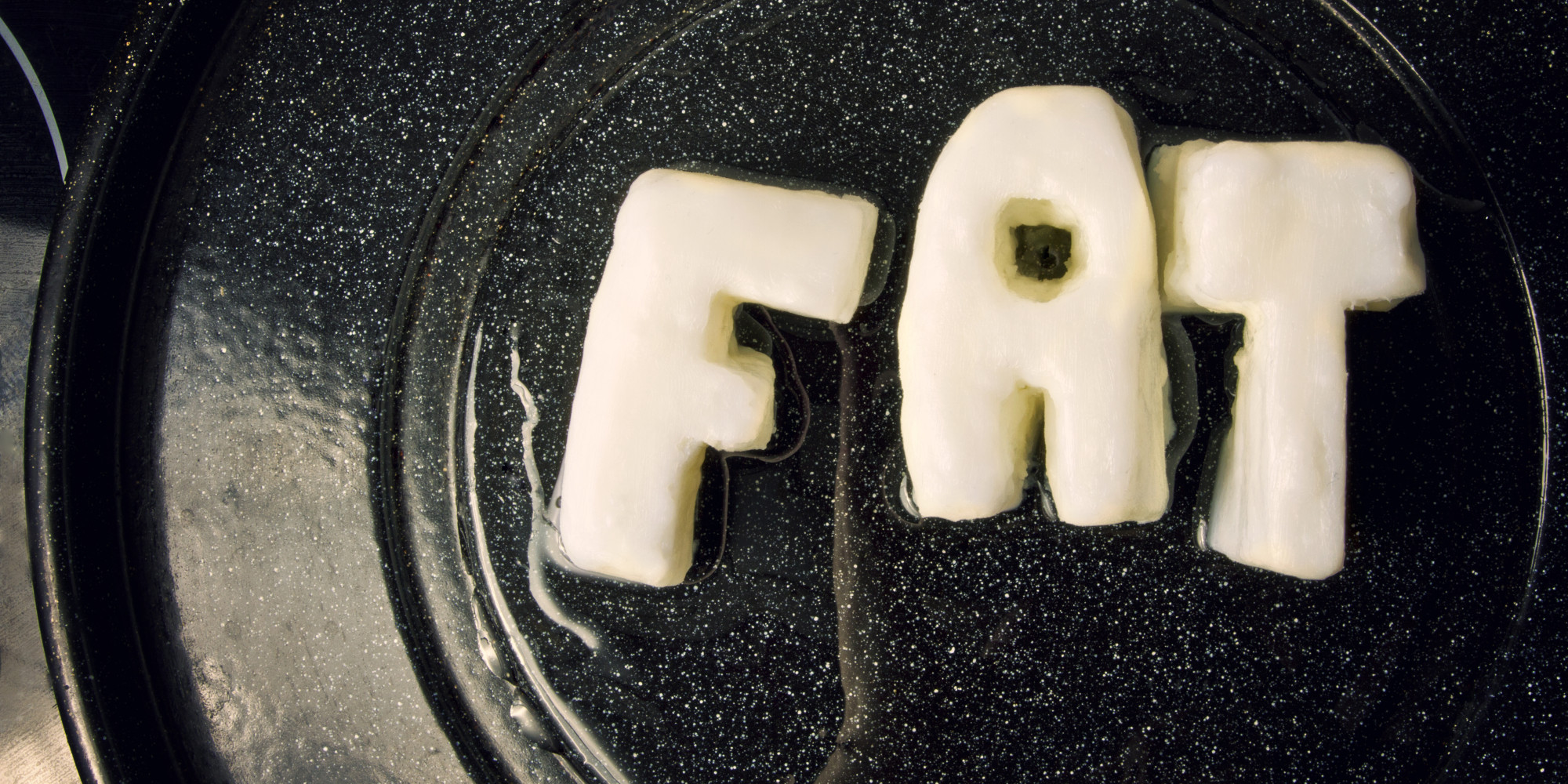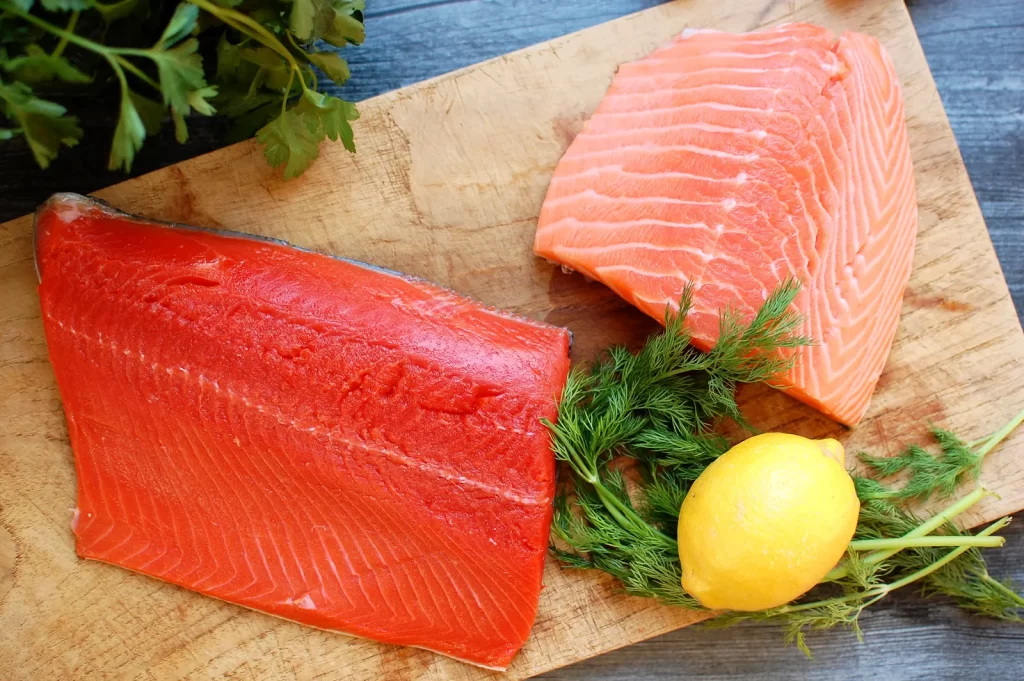Calories and fat are two key components in the world of nutrition, each playing distinct roles in the body. Calories are a measure of energy, essential for sustaining life and fueling all bodily activities. Everything we eat contains calories, and the amount we consume versus the amount we burn determines our weight gain, loss, or maintenance. On the other hand, fat is a macronutrient, important for numerous bodily functions.
It’s a source of essential fatty acids, aids in the absorption of vitamins, and provides a significant source of energy. It’s crucial to balance the intake of fats, as excessive consumption, especially of unhealthy fats, can lead to health issues. Understanding the difference and balance between calories and fat is fundamental for maintaining a healthy diet.
What are Calories?
Calories are a unit of measurement used to quantify the amount of energy provided by food and beverages. Essentially, they represent the energy that our bodies can obtain through the digestion and metabolism of nutrients.

Here’s a closer look at what calories are and how they function in our diets:
- Energy Source: The primary role of calories is to serve as energy for our bodies. This energy is necessary for all bodily functions, from basic cellular processes to complex physical activities.
- Origin from Macronutrients: Calories come from the three main macronutrients in our diet: carbohydrates, proteins, and fats. Each of these macronutrients contributes a different amount of energy per gram – carbohydrates, and proteins provide about 4 calories per gram, while fats provide about 9 calories per gram.
- Caloric Balance and Weight Management: The balance of calories consumed versus calories burned determines weight management. Consuming more calories than the body needs leads to weight gain, as excess energy is stored as fat. Conversely, consuming fewer calories than the body burns results in weight loss.
- Empty Calories: Not all calories are equal in terms of nutritional value. “Empty calories” refer to calories from foods with little or no nutritional content, such as sugary drinks and junk foods. These can contribute to weight gain and poor health if consumed in excess.
- Role in Diet and Health: Understanding calorie needs is essential for maintaining a healthy diet. This involves considering factors like age, gender, weight, height, and physical activity level to determine how many calories one should consume to either maintain, gain, or lose weight.
Calories are a crucial aspect of nutrition, representing the energy we get from foods. Managing caloric intake is key to maintaining a healthy weight and overall well-being.
What is Fat?
Fat is one of the three main macronutrients in our diet, alongside carbohydrates and proteins. It plays several crucial roles in the body, making it an essential component of a healthy diet.

Here are the key aspects of fat:
- Energy Source: Fat is a dense source of energy, providing about 9 calories per gram, more than double the energy provided by carbohydrates or proteins. This makes it an efficient energy source, especially for prolonged activities.
- Essential Fatty Acids: The body requires certain fatty acids that it cannot synthesize on its own. These essential fatty acids, found in various fats, are vital for numerous bodily functions, including the development and functioning of the brain and nervous system.
- Vitamin Absorption: Fat assists in the absorption of fat-soluble vitamins (A, D, E, and K) in the intestine. These vitamins are crucial for various functions such as bone health, blood clotting, and antioxidant activities.
- Cell Structure and Function: Fats are key components of cell membranes, contributing to cell structure and the proper functioning of cells.
- Protection and Insulation: Fat provides cushioning for the body’s organs, protecting them from injury. It also acts as an insulator, helping to maintain body temperature.
- Types of Fat: There are several types of fat, including saturated, unsaturated (further divided into monounsaturated and polyunsaturated), and trans fats. Unsaturated fats, found in foods like olive oil, nuts, and fish, are considered beneficial for heart health, while trans fats and excessive saturated fats are linked to negative health outcomes.
- Dietary Balance: While fat is essential, its intake should be balanced as part of a healthy diet. Overconsumption of fat, especially unhealthy types, can lead to health issues like obesity, heart disease, and other chronic conditions.
Fat is a vital macronutrient with multiple functions in the body, from providing energy and supporting cell health to aiding in nutrient absorption. A balanced intake of healthy fats is important for overall health and well-being.
Importance of understanding the differences
Understanding the differences between calories and fat is crucial for several reasons, particularly in the context of nutrition, health, and diet management:
- Weight Management: Calories are a measure of energy, and controlling caloric intake is fundamental to managing weight. Knowing the difference between calories and fat helps in creating a balanced diet where you consume enough energy without excess, which can lead to weight gain.
- Nutritional Balance: While all foods contain calories, not all foods provide the same nutritional value. Fats, as a specific type of calorie source, are important for certain bodily functions but can be harmful in excess. Recognizing this helps in choosing foods that provide essential nutrients alongside their caloric content.
- Health Implications: Different types of fats have different effects on health. Unsaturated fats, found in foods like nuts, seeds, and fish, are beneficial for heart health, while trans fats and saturated fats can increase the risk of heart disease. Understanding these differences is crucial for maintaining a healthy diet and preventing chronic diseases.
- Energy Utilization: The body uses calories from different sources in different ways. Calories from fat are more energy-dense than those from carbohydrates or proteins. This knowledge can inform decisions about what types of foods to eat for energy before physical activity or how to balance meals throughout the day.
- Dietary Needs: Different people have different dietary needs based on factors like age, gender, activity level, and health status. Understanding how calories and fats contribute to these needs can help in tailoring a diet that supports individual health goals, whether it’s weight loss, muscle gain, or managing a health condition.
- Informed Food Choices: Being aware of the calorie and fat content in foods can lead to more informed choices, encouraging a shift towards healthier options and portion control. This awareness is key in a food environment where high-calorie, high-fat foods are readily available and often marketed aggressively.
- Long-term Health and Well-being: Understanding the role and impact of calories and fats is not just about immediate dietary choices but also about long-term health and well-being. A balanced diet that appropriately manages calorie and fat intake contributes to sustained health and can prevent a range of chronic diseases.
The knowledge of how calories and fat differ and interact within the diet is integral to creating a balanced, nutritious, and healthy eating plan. This understanding empowers individuals to make choices that support their health goals and overall well-being.
Comparison table of Calories vs Fat
Here’s a comparison table highlighting the key differences between calories and fat:
| Aspect | Calories | Fat |
|---|---|---|
| Definition | A unit of energy in food. | A macronutrient that is a source of energy in food. |
| Role in Diet | Provide energy for bodily functions and activities. | Provides energy, supports cell growth, protects organs, and aids in nutrient absorption. |
| Measurement | Measured in kilocalories (kcal). | Measured in grams. |
| Energy Content | Varies depending on the source (carbs, proteins, fats). | High energy density (about 9 calories per gram). |
| Types | Not applicable. | Saturated, unsaturated (monounsaturated, polyunsaturated), and trans fats. |
| Health Impact | Excess or deficit affects body weight and energy levels. | The type and amount of fat consumed can impact heart health and the risk of certain diseases. |
| Sources | All foods and beverages contain calories. | Fats are found in oils, butter, nuts, seeds, meat, fish, dairy products, etc. |
| Dietary Balance | Balance of intake and expenditure is crucial for weight management. | The balance between healthy and unhealthy fats is important for overall health. |
This table provides a succinct overview of how calories and fat differ in terms of their definitions, roles, measurements, energy content, types, health impacts, sources, and the importance of dietary balance.
Similarities between calories vs fat
Calories and fat, despite their differences, also share several similarities, particularly in the context of nutrition and energy metabolism:
- Source of Energy: Both calories and fat are sources of energy for the body. Calories are a measure of energy from all food sources, including fats, while fats themselves are a concentrated form of calories.
- Essential for Bodily Functions: Both are essential for normal bodily functions. Calories are necessary for basic metabolic processes, physical activities, and overall energy needs. Fat, as a macronutrient, is crucial for processes like hormone production, nutrient absorption, and cell structure maintenance.
- Stored in the Body: Excess calories and fat can be stored in the body. When you consume more calories than you burn, regardless of the source, the surplus can be stored as body fat. Similarly, excess dietary fat can be directly stored as body fat.
- Impact on Health: Both the quantity and quality of calories and fats consumed can significantly impact health. Excessive caloric intake leads to weight gain and associated health problems, while the type and amount of fat consumed can influence cardiovascular health, among other things.
- Consideration in Diet Planning: Both calories and fats are important considerations in dietary planning. Managing caloric intake is key for weight management, and choosing the right types and amounts of fat is essential for overall health.
- Found in Various Foods: Both are found in a variety of food sources. While fats are specific macronutrients found in foods like oils, nuts, dairy, and meats, these foods also contribute to the total caloric content of a diet.
- Nutritional Labeling: Both are typically listed on nutritional labels, allowing individuals to monitor their intake of overall calories and fat as part of their dietary management.
While calories and fat serve different functions and have distinct properties, they are similar in that they both provide energy, are essential for various bodily functions, can be stored in the body, impact health, are considered in diet planning, are found in a variety of foods, and are included in nutritional labeling.
Conclusion
Calories vs Fat are both integral components of our diet, each with its unique role in nutrition and health. Calories are a measure of energy provided by all macronutrients, including fats, proteins, and carbohydrates, and are crucial for sustaining bodily functions and activities. Fat, a specific type of macronutrient, provides a concentrated source of calories, and essential fatty acids, and aids in the absorption of fat-soluble vitamins.
While they serve different purposes, both are vital for health and must be balanced appropriately. Excessive or insufficient intake of either can lead to health issues. Understanding the distinct yet interconnected roles of calories and fat is key to maintaining a balanced diet and promoting overall well-being.


